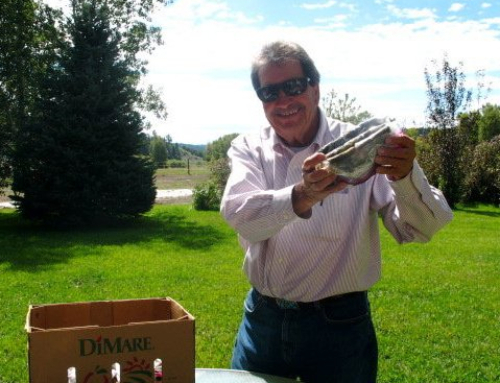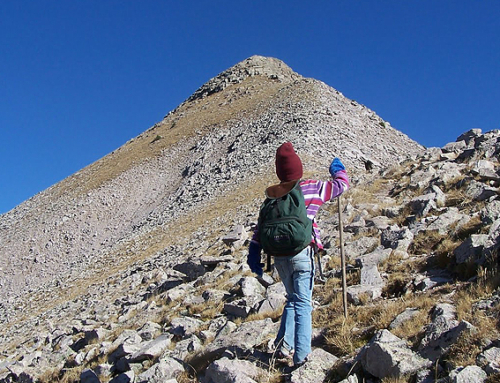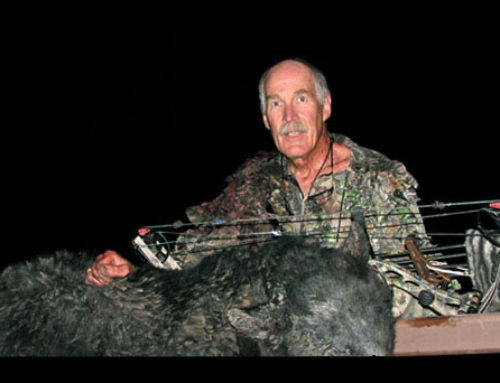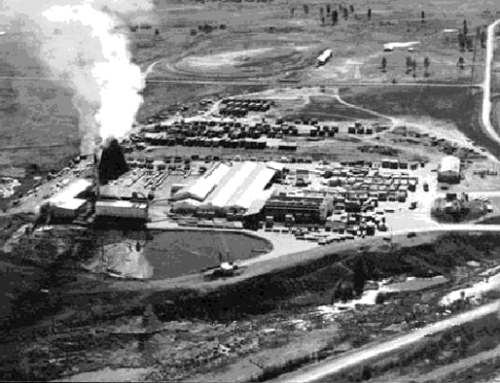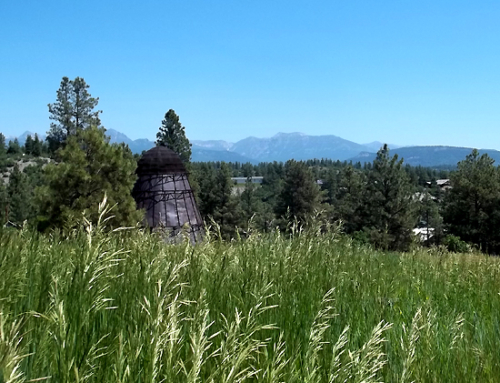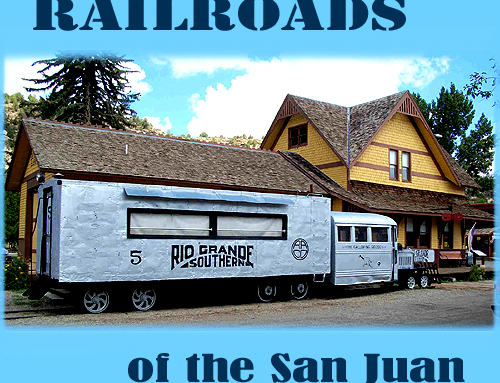 The northern area of New Mexico is generally considered part of “Pagosa Country” as Pagosa Springs is so close to the border. Indeed, many Utes and Jicarilla Apaches in this southern area feel a kinship with Pagosa and receive health care and other goods and services here. Carracas Mesa is a pleasant one day trip for Pagosans or visitors in the area. Ed.
The northern area of New Mexico is generally considered part of “Pagosa Country” as Pagosa Springs is so close to the border. Indeed, many Utes and Jicarilla Apaches in this southern area feel a kinship with Pagosa and receive health care and other goods and services here. Carracas Mesa is a pleasant one day trip for Pagosans or visitors in the area. Ed.
Carracas Mesa
BLM/USFS jointly administered areas due to herd using both areas. Mixed background of cavalry stock, ranch horses and horses originating from the Jicarilla Apache Reservation. The herd has been genetically tested.
As dawn breaks over the hills of the Jicarilla Wild Horse Territory in northwestern New Mexico, a bay stallion stands alert on the horizon while his band of mares contently graze below. But when triggered by a mere rustling of a branch or crunch of a fallen leaf, the stallion abruptly leaves his post to guide the fleeing herd through a labyrinth of dense brush. Framed by a hazy, gray-green panorama, this scene represents the West’s strength, spirit and boundless freedom.

Part of the access to this area is the old railroad bed from Dulce to Durango as shown in this photo.
The Jicarilla Wild Horse Territory consists of 76,000 acres within the Carson National Forest, bordering the Jicarilla Apache Reservation. The land was one of 303 areas set aside for the horses in 1971 with the passing of the Wild Free-Roaming Horses and Burros Act. Today, 186 designated wild-horse territories remain, and, according to the latest Bureau of Land Management census, approximately 25,689 wild horses and 2,874 burros roam these lands.

The Jicarilla’s topography ranges from high-desert hills to lowland valleys, with elevations reaching about 8,000 feet. From afar, the land appears dry, rocky, desolate and largely uninhabitable. But within the vast isolation, cool springs quench the thirsty land, and pockets of nutrient-rich bunchgrasses, sage and berries flourish, sustaining diverse wildlife populations and an estimated 300 wild horses that roam there.
Headquartering at a hotel in Dulce, New Mexico, I’ve come to this area for a three-day wild-horse photography workshop with Lynne Pomeranz, a fine-art photographer and the author of Among Wild Horses: A Portrait of the Pryor Mountain Mustangs. Lynne has made it her life’s mission to chronicle America’s wild horses and share with others their effect on the human spirit. Her workshops introduce the horses to the public, and attract horse people, photographers of all levels and those who simply love viewing nature.
Acclaimed equine photographer and filmmaker Rachael Waller from Aqua Dulce, California, and avid horsewoman Joanne Fairchild from Las Vegas, Nevada, will also participate in this expedition. Rachael, who spearheads equine rescue efforts in Southern California, has come equipped with an array of photographic and computer equipment, while Joanne is packing only a modest point-and-shoot, because she’s more interested in observing the horses’ behavior.
Lynne promises ample opportunities to marvel at the beauty of the wild horses, and to witness rarely seen examples of herd behavior and social dynamics. Her only rule is that we get to know the horses “at a distance, and on their terms.” Considering the coy nature of wild horses, as well as the abundance of brush and trees that camouflage them, I wonder if we’ll spy any horses at all.
Piling into two vehicles well before dawn, a camera in one hand and coffee in the other, we set out on our search.

